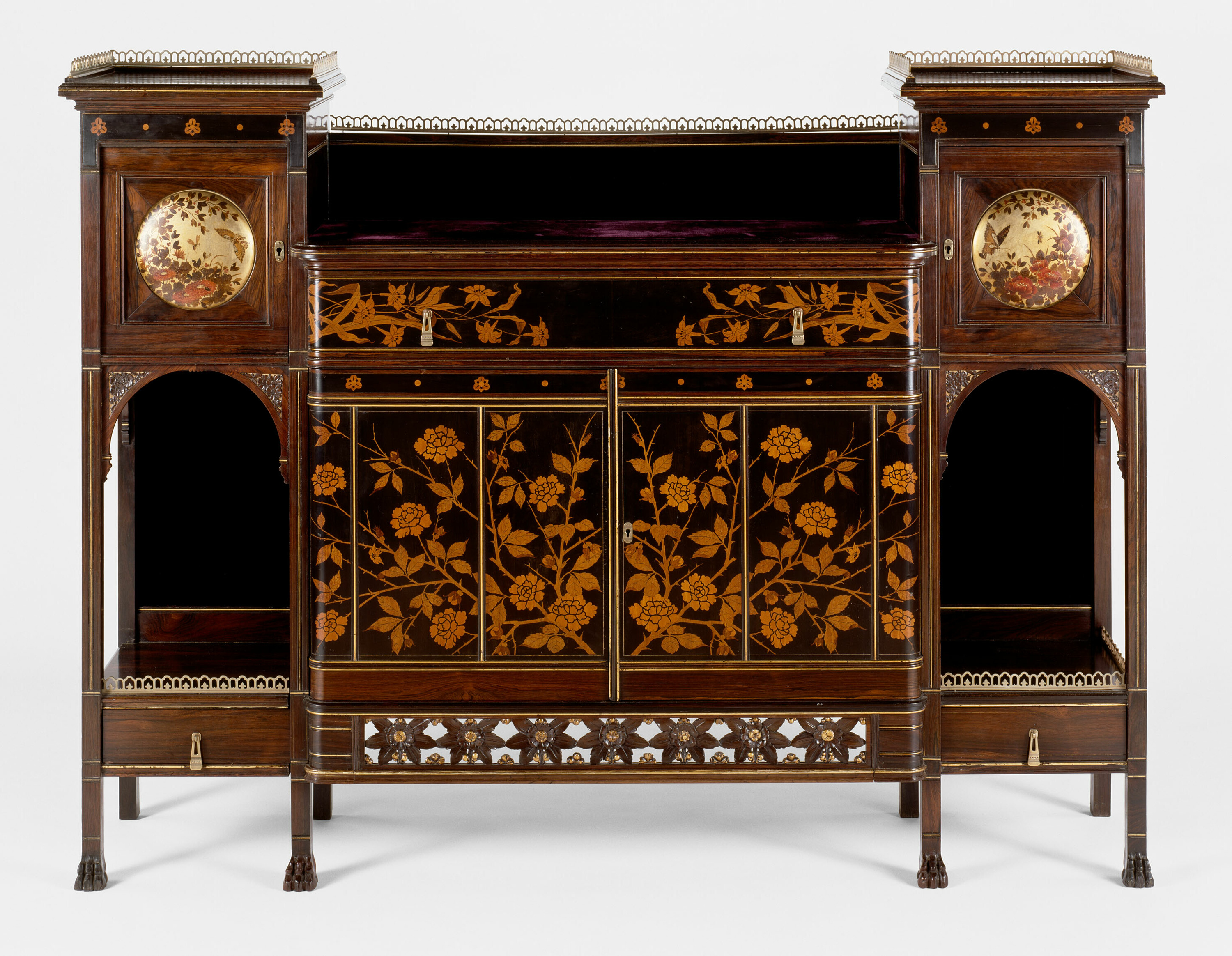Industry News
Customs Clarifies Differences in "Use" for Drawback
TweetJan. 24, 2023
By:
Chaney A. Finn
U.S. Customs and Border Protection allows importers to claim a partial refund on import duty, fees, and other taxes paid on merchandise when that same merchandise is exported from the U.S. or destroyed, generally within 5 years of import. This refund is known as duty drawback. While most drawback pertains to unused merchandise imported into then exported from the United States, certain articles can be “used” in the United States and still eligible for drawback. The important distinction is between articles that are “used” because they are employed for the purpose for which they were manufactured or intended versus those articles “used” in the manufacture or production of another article.

Ruling HQ H303174 was published by CBP in response to an application for further review (AFR) of a protest filed by electrical cabinet importer, SMS, after several entries were denied drawback. The cabinets were imported into the United States from Germany and subsequently exported from the United States to Mexico. SMS’s protest sought drawback for duties, harbor maintenance taxes (HMT), and merchandise processing fees (MPF) deposited at import. SMS claimed that the electrical cabinets were “unused” prior to export to Mexico. CBP denied the claims since “the import and export documentation did not reflect that the same goods in unused condition were exported as were imported.”
CBP found that SMS installed the imported cabinets into specific power control rooms (PCR) to house electrical components. The installation process consisted of bolting the cabinets in place using bolts, nuts, and washers. The ruling stated that the purpose of this arrangement was for SMS’s engineers to inspect the cabinets upon importation, ensure each cabinet corresponded to each PCR per the master engineering plan, and secure the cabinets for transport to Mexico. CBP noted that inspecting is an allowable operation for drawback for unused merchandise. However, the agency still needed to determine whether bolting of cabinets into PCRs is considered a “manufacture or production.”
Installing the cabinets in place using bolts, nuts, and washers consequently merged the electrical cabinets and the PCRs into one entity. Although the electrical cabinet was not physically altered, it was assembled into the PCR and could no longer exist on its own. Since each electrical cabinet was specifically designed for a unique placement in a designated PCR, the cabinets were not interchangeable and could only function as designed for its specific use. Due to this, CBP determined that the cabinets were used in the manufacture or production of the PCRs within the meaning of the terms “manufactured or produced.” Thus, while the PCRs were “used” they were used in manufacture or production and eligible for drawback.
This ruling makes clear the importance of process details and recordkeeping in drawback planning. Companies planning to pursue drawback as an aspect of their United States business need to be mindful of the law and necessary steps to comply with it.
If you have any questions regarding duty drawback or any other import or export questions, do not hesitate to contact any attorney at Barnes, Richardson & Colburn, LLP.
